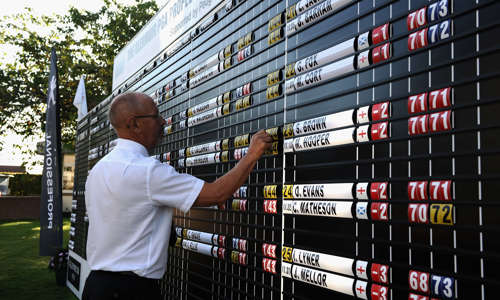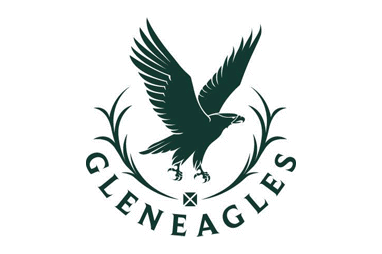Parsons, who grew up in Northern Ireland, and started out his coaching career at the Butch Harmon School of Golf in Dubai in 2009, before moving to Sea Island at the start of 2019, has been working with a growing portfolio of Tour players in recent years and counts the likes of Louis Oosthuizen, Branden Grace, Harris English, Patton Kizzire, Seamus Power, Luke List and Davis Love III among his current list of professional clients.
He began working with Harman in 2019, shortly after Harman’s long-time coach, Jack Lumpkin, the legendary director of instruction at Sea Island, had been diagnosed with cancer. Parsons served as ‘on the ground’ coach with Harman and reported back and forth with Lumpkin on what they were working and on the progress that they were making. Sadly, Lumpkin died in February last year, aged 86, and Parsons has carried on working with Harman on his own since then.




































